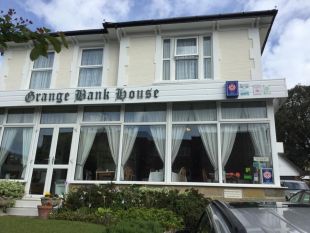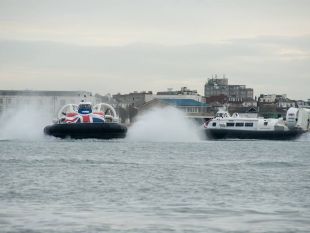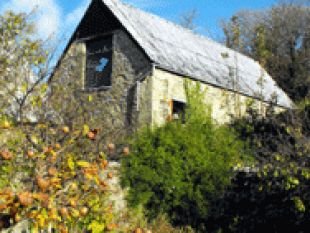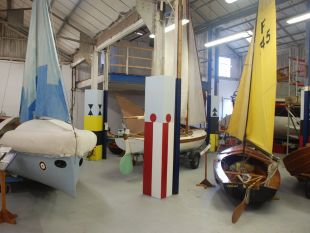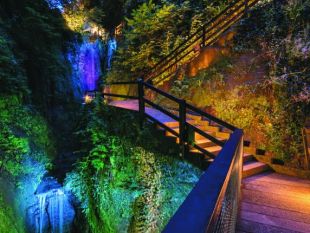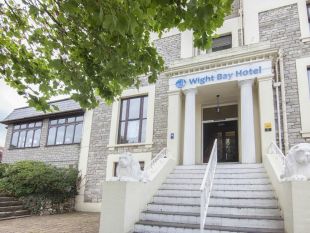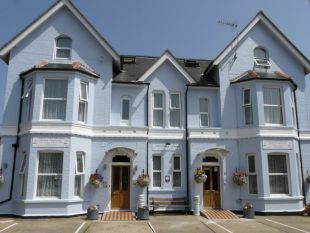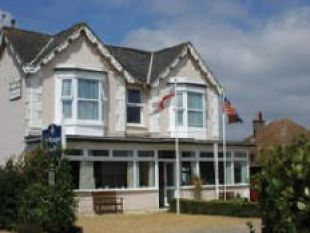Isle of Wight
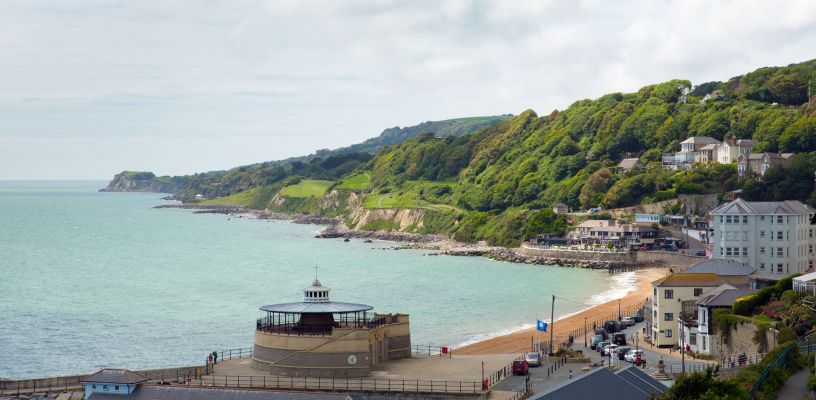
Let us help you plan your ideal vacation in Isle of Wight...
Shaped like a diamond with lots of rough, coastal edges, the Isle of Wight is a real gem for both day-trippers and serious holidaymakers, laden with a rich historical significance and blessed with a unique landscape that looks more like a multi-coloured patchwork quilt.
Otherwise known as the 'Garden Isle', thanks to its unusually warm climate, it sits on the thickest bed of chalk in the British Isles and boasts a sea-faring tradition that pre-dates even the Romans.
Here you will come across picturesque Carisbrooke Castle, used to imprison Charles I before he was beheaded in London in 1648, and the famous Needles, three pointed chalk rocks that rise from the ocean on the island's western reaches.
You may also meet the increasingly rare red squirrel because, thankfully, its great rival, the grey squirrel, has so far failed to reach the island.
The island is also home to numerous pre-historic burial sites, a windmill dating to 1700 and a veritable galaxy of fascinating cottages and more 'stately' homes. Known simply as 'The Island', it lies in splendour opposite Southampton, separated from the mainland by the famous Solent channel.
Less than 150 square miles in area, with 60 miles of coastline (you can drive round it in less than a day), it was first populated by the Beaker people, who were noted for their distinctive pottery, around 2000 BC.
The Romans, led by Vespasian, arrived in 43 AD and named the place Vectis. After ruling for 400 years their reign was followed by centuries of violence. The Saxons, under Cerdic and Cynric, slaughtered thousands of the natives before the West Saxon king Caedwalla introduced Christianity in the 7th century. According to the Venerable Bede, the island was at one time a principal settlement of the Germanic invaders known as the Jutes. The Vikings came and went and even though William the Conqueror finally brought some stability the island was then beset by the constant threat of invasion from both the French and the Spanish. It was so strategically important that the lordship of the island eventually became a royal appointment. The Duke of Warwick was even made 'King of the Isle of Wight' in 1444. Henry VI personally placed the crown on his head.
The arrival of the railways in the 19th century transformed the island and provided the enterprising Victorians with a chance to exploit its tourist potential. They were particularly smitten by the fine, sandy beaches. It has retained its seaside appeal and, in recent years, millions of pounds have been spent on improving coastal defences. Happily the result has been that new sea wall promenades have become havens for walkers while stone breakwaters have created perfect sandy coves. Queen Victoria helped to popularise the island, turning beautiful Osborne House into a royal retreat, while small, unheard-of fishing villages – such as Ventnor, Ryde, Shanklin and Sandown – became instantly fashionable resorts.
It can easily be argued that the island's best asset is, in fact, its wonderful, largely unspoiled coastline which ranges from white-faced cliffs to peaceful estuaries. The Tennyson Heritage Coast, for example, extends from St Lawrence to Totland Bay in the south and culminates in the chalk cliffs of Freshwater Bay. Nearby are the Needles and the multi-coloured sandstone cliffs of Alum Bay.
In contrast, the Hamstead Heritage Coast, in the north, has wooded coastal slopes leading down to the ocean as well as the pasture-fringed bay of Thorness. A ridge of downland runs across the centre of the island whose highest point, at 787ft, is St Boniface Down.
The Tennyson Trail runs for 12 miles through the downs and has some of the island's most glorious views. It was named after the Victorian Poet Laureate who often strolled along the ridge. The local air, he proclaimed, was 'worth sixpence a pint'. He lived at Farringford House in Farringford but other great artists, including Dickens, Lewis Carroll, Keats, Turner and Ruskin, felt inspired by their visits.
Of all the island's well-known place names, Cowes is the most exalted. Home of the Royal Yacht Squadron, it has become a sailing centre of international repute and hosts an annual regatta. Its fame is partly due to the trophy originally presented in 1851 to the New York schooner 'America' which won a race around the island. Today it is known as the 'America's Cup'.
The island also boasts a zoo dedicated to the preservation of tigers and a steam railway, run largely by volunteers, whose oldest, restored locomotive was built in 1876.
Read More


